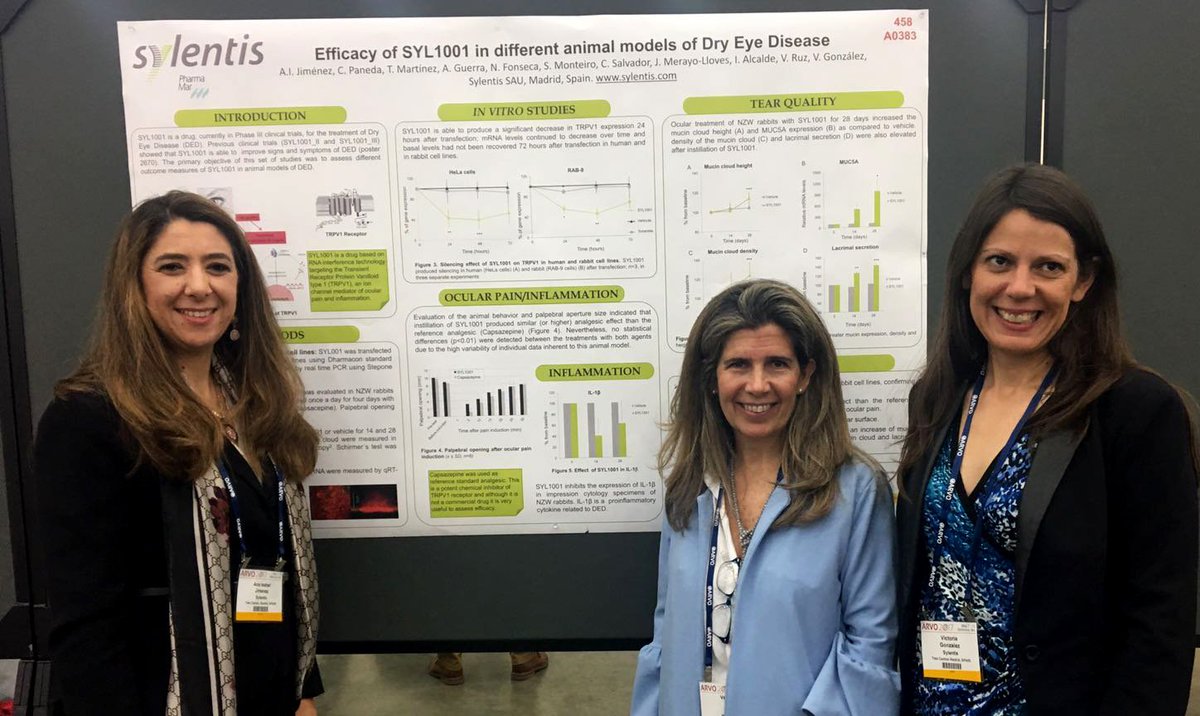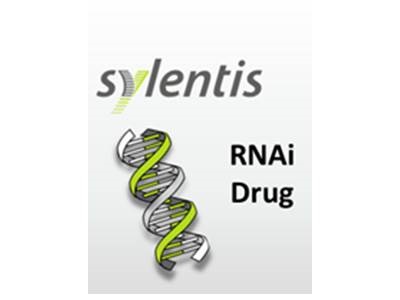Nadie debería morir por Melanoma .
El exceso de sol tiene consecuencias negativas, acumulativas y permanentes en nuestra piel. Las recomendaciones dadas por los especialistas evitan la aparición de problemas cutáneos
El sol tiene propiedades beneficiosas para el ser humano, pero la exposición ha de controlarse. La aparición de enfermedades de la piel se puede prevenir con la autoexploración y revisión por un dermatólogo.
Se aconsejan hábitos de vida saludables, evitando el exceso de radiaciones solares perjudiciales para nuestra salud, y que pueden ocasionar daños mayores. El tratamiento del cáncer de piel ha mejorado en los últimos años, siendo importante su diagnóstico precoz. La cirugía permite la extirpación completa del cáncer cutáneo en la mayoría de los pacientes.
...









